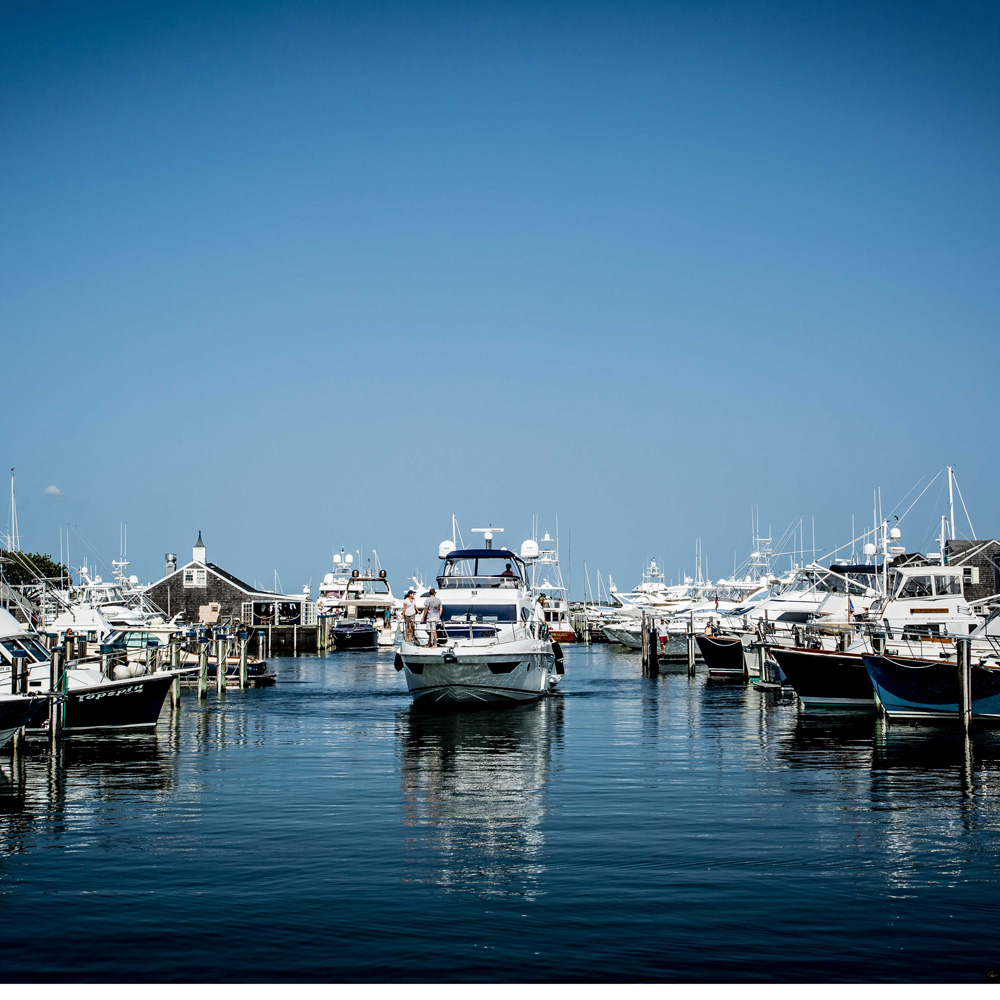We’ve compiled our favorite fishing destinations below to help you plan your next fishing excursion. Our list features highly rated...
1. Choose a Destination (or Two)
This might sound simple, but determining where you want to go is the most important--and possibly the most difficult--part. With so many incredible New England spots, the choices might seem overwhelming, but with a little research, you should be able to narrow down whether you'd prefer to visit popular tourist spots like Nantucket, Newport, and Cape Cod, or enjoy a more secluded route along the coasts of New Hampshire or Northern Maine. We suggest grabbing a map and talking it over with your fellow boat mates to determine a general area of the region you're interested in exploring. Then, check out what the harbors in the area have to offer (start by reading our guides to Newport Rhode Island, and 7 of our favorite Massachusetts Habors). New England harbor towns are diverse--spanning from the quintessential and historic, to the bustling and cosmpolitan, so there's something for every vacation style.
2. Chart your Route
Now that you've picked your destination, it's time to chart your route. While we're all for spontaneity, familiarizing yourself with your route before you set out will ensure smooth sailing (excuse the pun). This is where some research about the New England coast will come in handy. If you're panning to make multiple stops, making sure that you're taking an efficient but realistic route is important. Calculate the distance between each point (boatbookings.com has a great tool for that), the cost of gas to get your there, and make note of any known water hazards in the area. You'll also want to make sure that even after you've charted your route, that you bring a backup map or navigational chart along with your GPS.
3. Create a Budget.
Things like gas, transient docking fees, supplies, and entertainment add up, so keep your bottom line in mind while planning your trip. Limiting your trip to two or three harbors in nearby cities will keep costs down.
4. Book Your Marina
Once you've got your destinations and route solidified, it's time to book your marina. You could call every individual marina and check for availability, or, you could grab your Smartphone and check out Dockwa. It'll let you reserve your slip or mooring directly from your phone, without having to worry about calling ahead of time or dealing with waiting for a spot... especially if you're planning travel in the busy season, this is a godsend!
5. Prep your Essentials
This is where your mother's words of wisdom, like "failing to plan is planning to fail" will pop into your head. While thinking of things like food, water, and a good bottle of wine are always important, don't forget the not so obvious things too. Make sure your boat's first aid kit is up to date, and that your safety kit is stocked with things like a working fire extinguisher, a visual distress signal, and an air horn. And it's always a good idea to have your vessel’s mechanics and electronics inspected at the start of the season to make sure that everything's all set for your trip.
6. Make a Checklist
Preparing and using a pre-departure checklist is one of the best things that you can do for yourself before a trip. Make sure to put "making a spare key" on there too—that's one lesson you can never unlearn if it's happened to you!
7. Check the Weather and Head Out!
Last but not least, check the weather. You'll want to know what you're getting yourself into if mother nature decides to douse us with some wind and rain. If you're in the clear (literally) now all you have to do now is get ready for a great trip!






